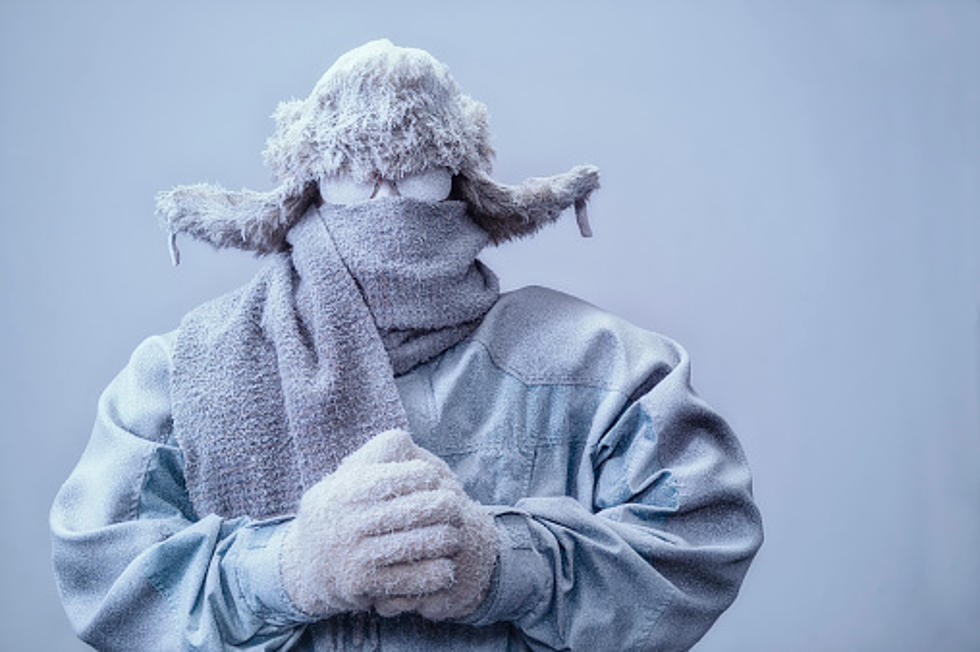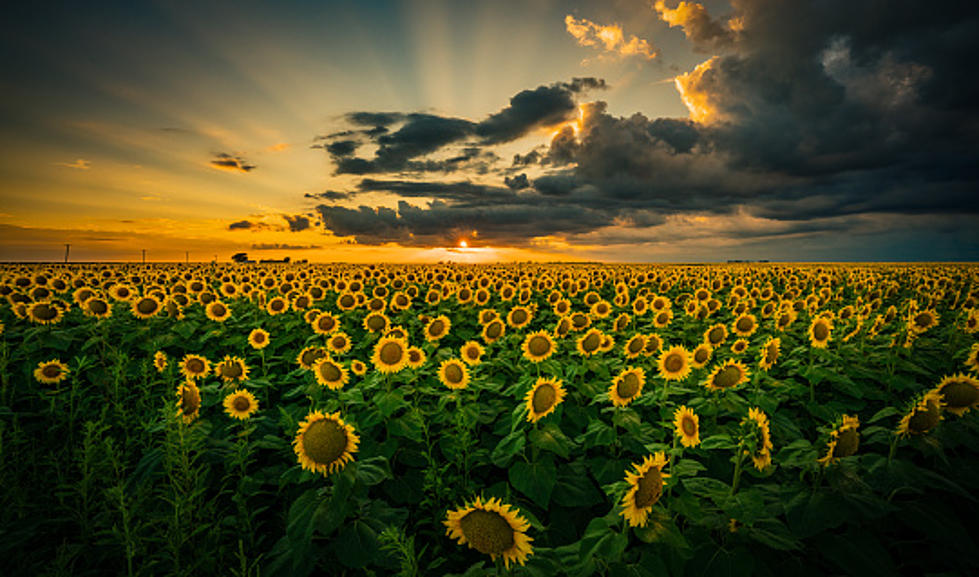
Here Are The Old Farmer’s Almanac Predictions For Rockford’s Winter
Not to be confused with the Farmer's Almanac, which is the new kid on the block compared to the Old Farmer's Almanac, the Old Farmer's Almanac has, according to their website, been at this weather prediction game since 1792 (229 years). The Farmer's Almanac is the relative newcomer, publishing their first almanac in 1818, the year Illinois became a state.
How Different Can Rockford Be From One Winter To The Next?
If you've lived around here your whole life like I have, you may be wondering what differences we experience here in the Rockford area from one winter season to the next winter season. All things considered, there are difference like snowfall totals, number of snowy days, polar vortexes (or, vortices), etc.
It is Rockford, after all. Not much chance of the Old Farmers or anyone else predicting temperatures in the 80s with balmy winds.
So, My Choices Are Snowy and Cold, Snowy, Or Just Plain Cold?
Don't be so cynical. You could also throw in adjectives like dry, wet, slushy, windy, sleety, bone-chilling, soul sucking...you get the idea. We've all had the same winter time facial expression that this guy does:
What The Old Farmer's Almanac Says About Rockford (and Illinois') Upcoming Winter
To describe what Illinoisans will experience this winter, the Old Farmer's Almanac uses words like "bone-chilling, below-average" temperatures. They go on to point out that in Illinois, which is mostly part of the "Lower Lakes" region, the coldest temperatures are expected in mid to late November through most of December and January and into early to mid-February. Snowfall will be near normal for most of the area.
What's "normal snowfall?" Rockford averages 35 inches of snow per year. The U.S. average is 28 inches of snow per year.
LOOK: The most expensive weather and climate disasters in recent decades
LOOK: Here are the 25 best places to live in Illinois
More From WROK 1440 AM / 96.1 FM









